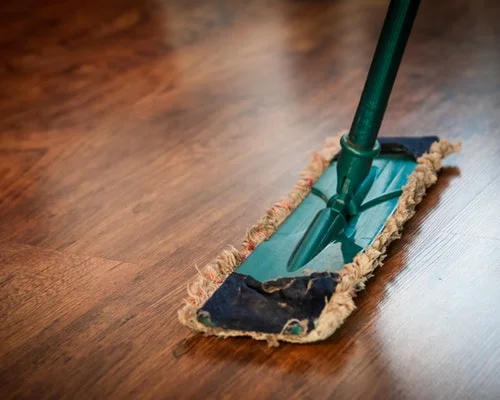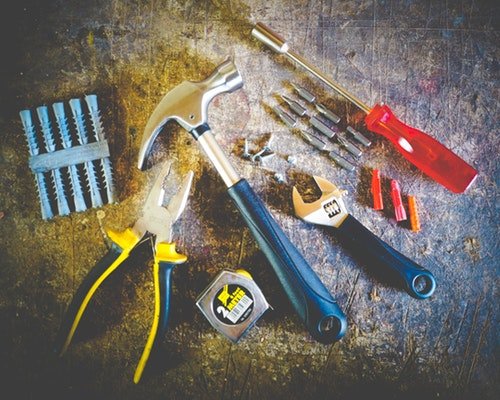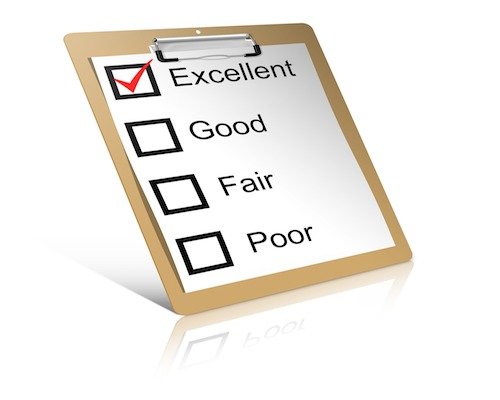You spend a lot of time searching for the right home and then even more time negotiating deals.
Why wouldn’t you go the extra mile to make sure your home is safe for you and any person who will be in it?
Putting together a healthy home goes way beyond signing a lease or mortgage; the real work comes once you’ve moved in.
Studies have shown that most accidents or injuries occur within the home and with the right preventative measures you can ensure that you or a loved one don’t become another statistic.
If you’re ready to make sure your house is a safe environment, check out our list of must-haves for your home!
1. Fire Extinguisher
The CDC reported that cooking is the primary cause of residential fires. Save yourself the stress of a basic hazard like a kitchen fire by investing and maintaining your fire extinguisher.
Important note: There are a variety of fire extinguishers including Class A is for cloth, wood, rubber, paper, and plastic; Class B is for flammable liquids; Class C is for electrical appliances; Class D is for flammable metals; and Class K is for fires involving vegetable oil or other fats in kitchen appliances.
2. Smoke Detectors
The facts here are alarming; the U.S. Fire Administration reported that two-thirds of fire deaths were in places that didn’t have functioning smoke detectors.
Maintaining the smoke detectors are just as important as installing them, check the batteries at least once a month to ensure they are in good working order.
3. Contact List
Organize and keep in an easily accessible place, like on the fridge or table near the phone, with a list of emergency contact info, doctor contact, and even your personal information like health insurance and medication list. Here’s a great example of one.
4. Non-toxic Houseplants
If you have pets, this is essential. While plants can be beneficial to the home, like improving air quality, if you have a furry friend some plants like Aloe Vera, Geranium, or Daffodils could be dangerous.
5. Disaster Kit
Depending on where you live this could be a bag ready to go if there’s a hurricane, wildfire, earthquake or even just cut electricity.
You want to include water, at least three days’ worth of non-perishable food, first aid equipment, a flashlight, cash, and copies of important documents.
6. CO Detector
Carbon monoxide is a colorless, odorless, tasteless gas making it extremely difficult to detect and a huge threat to any home.
Fireplaces, grills, or even cars in a garage are all proponents of CO. Installing a CO monitor as well as proper maintenance of appliances will ensure your home is safe from this hazard.
Don’t let these items scare you, but rather use them as a precautionary list that can help you mold a safe and healthy home for your loved ones.
If you have any doubts about other safety concerns in your home such as air quality, foundation, or structural faults get in touch with us today!





